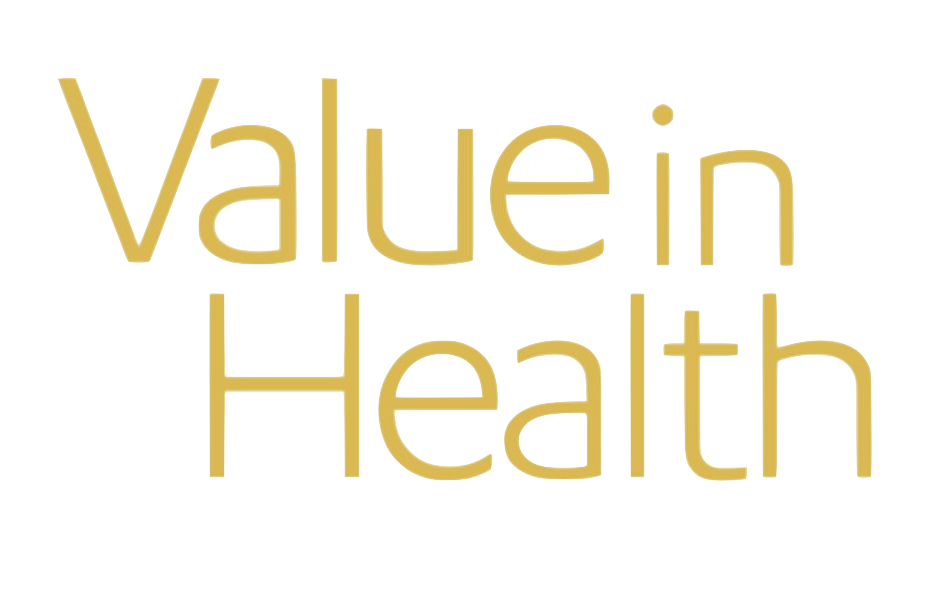Published in:

Abstract
Objectives
The 21-gene assay Oncotype DX (21-GA) shows promise as a guide in deciding when to initiate adjuvant chemotherapy in women with hormone receptor–positive early-stage breast cancer. Nevertheless, its routine use remains controversial, owing to insufficient evidence of its clinical utility and cost-effectiveness. Accordingly, we aim to quantify the value of conducting further research to reduce decision uncertainty in the use of the 21-GA.
Methods
Using value of information methods, we first generated probability distributions of survival and costs for decision making with and without the 21-GA alongside traditional risk prediction. These served as the input to a comparison of 3 alternative study designs: a retrospective observational study to update risk classification from the 21-GA, a prospective observational study to estimate prevalence of chemotherapy use, and a randomized controlled trial (RCT) of the 21-GA predictive value.
Results
We found that current evidence strongly supports the use of the 21-GA in intermediate- and high-risk women. Further research should focus on low-risk women, among whom the cost-effectiveness findings remained equivocal. For this population, we identified a high value of reducing uncertainty in the 21-GA use for all proposed research studies. The RCT had the greatest potential to efficiently reduce the likelihood of choosing a suboptimal strategy, providing a value between $162 million and $1.1 billion at willingness-to-pay thresholds of $150 000 to $200 000/quality-adjusted life years.
Conclusions
Future research to inform 21-GA decision making is of high value. The RCT of the 21-GA predictive value has the greatest potential to efficiently reduce decision uncertainty around 21-GA use in women with low-risk early-stage breast cancer.